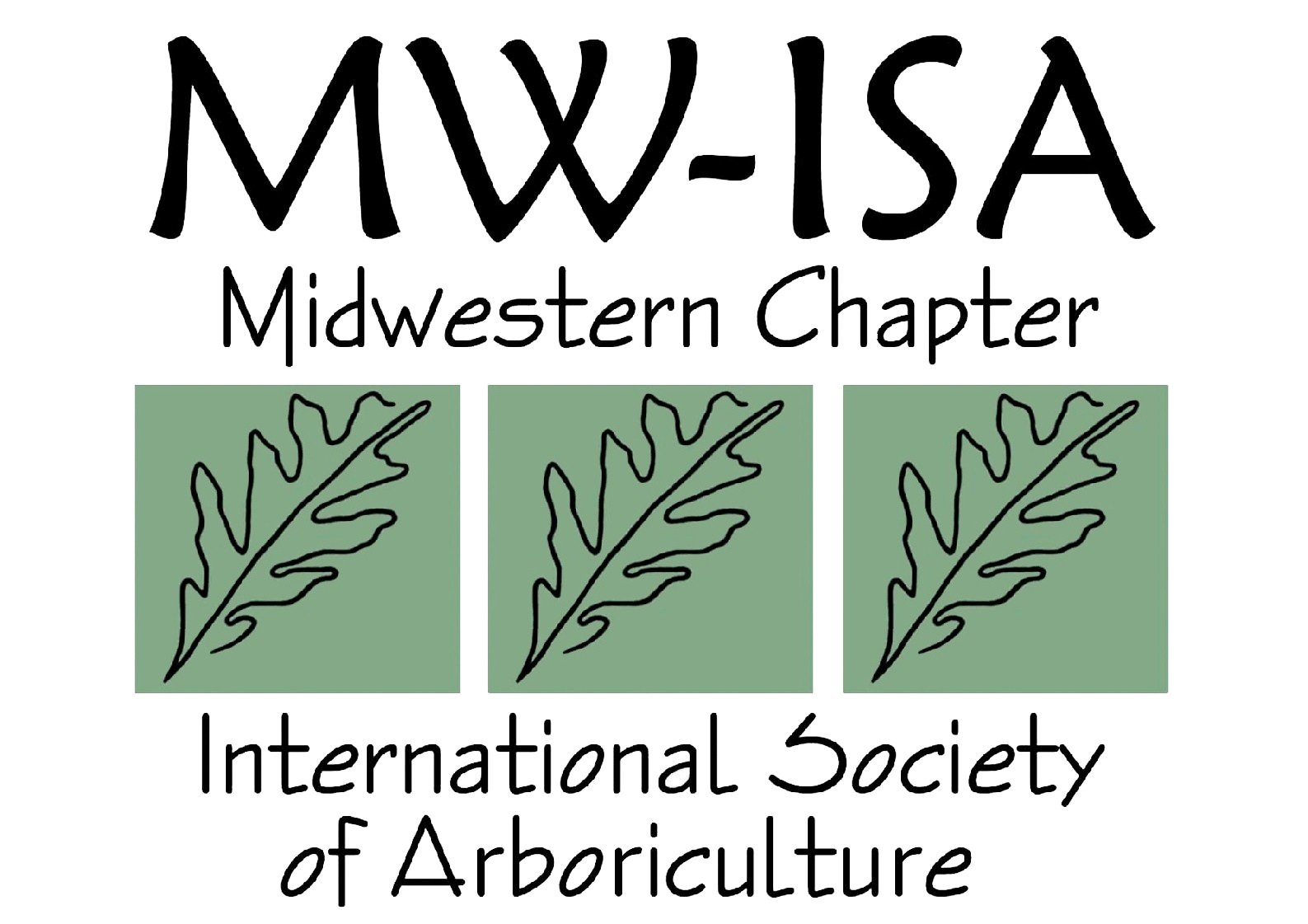MW-ISA TRAQ Courses
MW-ISA TRAQ Renewal Course
July 10, 2024
Kirkwood, MO
Registration Deadline - June 10, 2024. Registration Link Coming Soon!
Please read the “ISA TRAQ Application Guide” to be clear about the course prerequisites and details about the qualification and the courses. Applicants for the course must register 30 days prior to the session they plan to attend. If the class is full you can send an email and ask to be placed on a waiting list. Send the email to Courtney at staff@mwisa.org.
MW-ISA TRAQ Full Course
August 2024
Date and Location TBA
Please read the “ISA TRAQ Application Guide” to be clear about the course prerequisites and details about the qualification and the courses. Applicants for the course must register 30 days prior to the session they plan to attend. If the class is full you can send an email and ask to be placed on a waiting list. Send the email to Courtney at staff@mwisa.org.
MW-ISA TRAQ Online Renewals
We have partnered with the Southern Chapter - ISA to provide online TRAQ Renewal Courses
This is a virtual renewal option and is only available for those that already have the TRAQ credential. Please read the “ISA TRAQ Application Guide” to be clear about the course prerequisites and renewal requirements and details about the qualification and the course. Applicants for the course must register 30 days prior to the session they plan to attend. Additional information about deadlines/refunds/cancellations can be found on the ISA Southern Chapter website at https://www.isasouthern.org/traq-events If the class has been filled, you can send us an email and ask to be placed on a waiting list. Send the email to isasouthern@isasouthern.org
Upcoming Dates:
August 7, 2024
November 6, 2024
More Information and Registration can be found HERE.
Where would you like the next TRAQ Course to be held? Click the Button Below to submit your answer.
WHAT CAN TRAQ DO FOR ME?
The most often asked question we hear as arborists is likely, “What’s wrong with my tree?” Once the question is asked, we employ all of our experience and skill to make an accurate diagnosis and then we suggest remedies to deal with the tree’s issues. When you are asked the question, do have confidence to make an accurate diagnosis and prescription for treatment? What is the one area of your expertise where your confidence may lag a bit?
For many arborists, the area of tree risk assessment creates a bit of sweat as they try employ all of their experience and do the best they can. Most of you are comfortable that you have the experience and knowledge about recognizing defects and how they impact the tree itself. But the vast majority of arborists have told me that they simply lack confidence that they are performing tree risk assessment the right way. Why this disconnect between knowing how to recognize defects and the low confidence to describe them to others and prescribe treatments that will reduce risk?
The item most lacking for arborists that perform tree risk assessment is a standardized process. Arborists tell me that they are afraid they will miss some critical step in performing a tree inspection, or that they lack skills in passing along this information to their client. Our industry recognized this need and has developed new standards that provide clear guidance for performing a tree risk assessment. The new standard is known as the “ANSI A300 (Part 9) Tree Risk Assessment”. A companion guide, “Best Management Practices – Tree Risk Assessment” has been published by the International Society of Arboriculture to provide a clear interpretation of the new standard.
In addition, ISA has developed the Tree Risk Assessment Qualification (TRAQ) a new credential available to arborists. The credential is a way to learn and display your skill as a tree risk assessor. While similar to a “certification” like the Certified Arborist or Utility Specialist certifications, TRAQ is a “qualification” that requires learning a skill through programmed instruction and then testing that learned skill. There are no CEU’s with a qualification, just a renewal that is required after five years.
The single most important value of the TRAQ credential is that it provides a framework, or process, that is consistent with new standards. Learning this framework provides confidence that you are performing a tree risk in a fashion that is similar to the way other skilled arborists are performing them. Understanding the tree risk assessment process and earning the TRAQ credential will let others know that you understand the critical aspects of tree biology (recognizing defects and their potential), plus you understand the process that allows you follow a standardized process of making observations, recording those observations, and analyzing your data to assign risk ratings. Further, you will understand mitigation options that reduce risk to levels that are acceptable to your client.
Earning the TRAQ credential requires attending a class that is two and a half days long and passing a practical exam and a written exam. Classes are typically promoted on Chapter websites and at the main ISA website as well. There is an extensive list of pre-requisites prior to registration. Visit the ISA website to learn more about finding and registering for a class.
TRAQ has become the second largest ISA credential in terms of numbers of credentialed arborists. It continues to grow in popularity within the United States and abroad. If you are an arborist comfortable with identifying tree defects and the potential of those defects, consider earning the TRAQ credential and gain the skills to perform tree risk assessment with confidence. It’s a big commitment, but is well worth it!
Skip Kincaid
ISA Board Certified Master Arborist (MW-0155BM)

